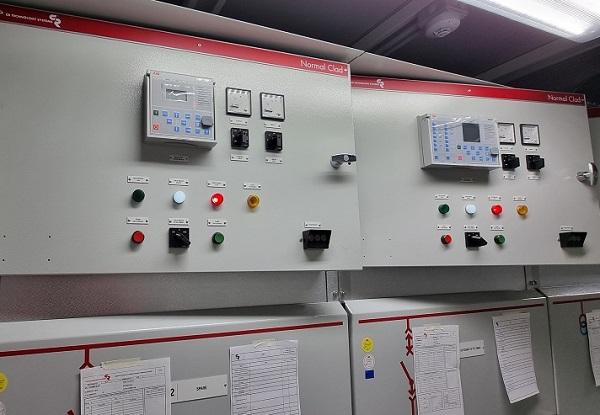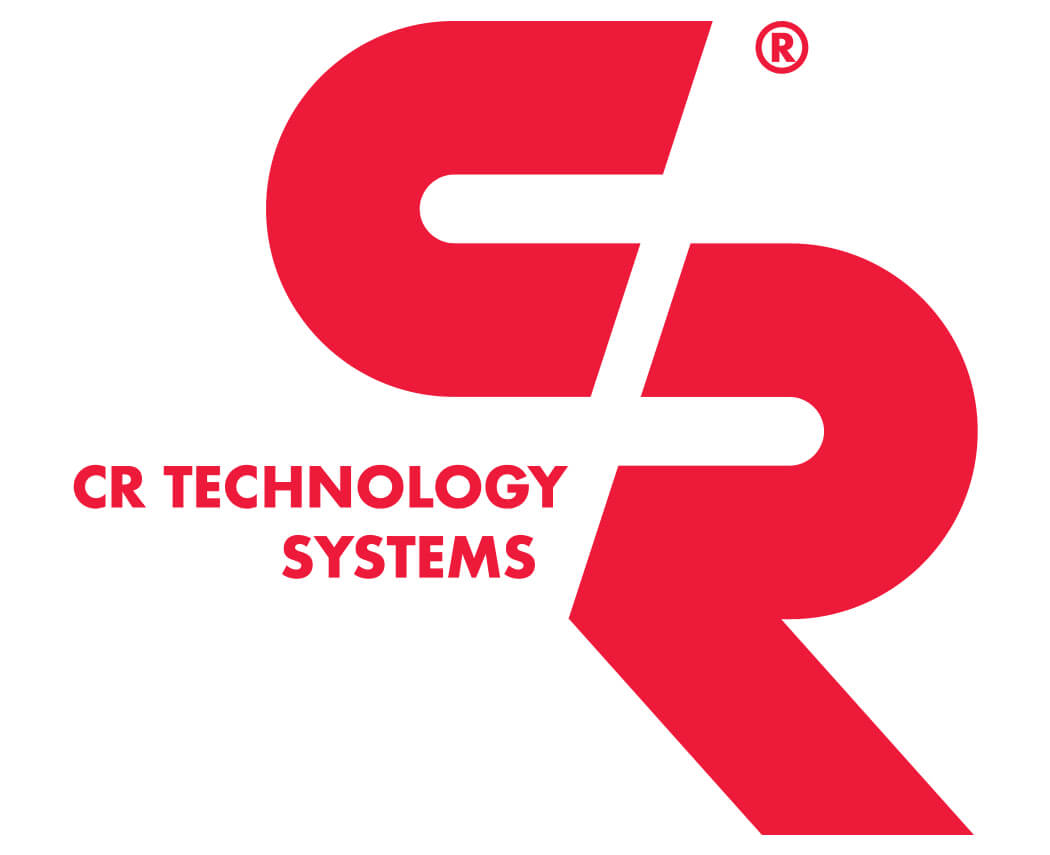The important choice of protection relays
C.R. Technology Systems cares deeply about its products and customer satisfaction. In order to guarantee that the functioning and efficiency of plants designed by its engineers lasts over time, it always guides the customer towards a careful choice of protection relays.
These are extremely important elements, as despite their low cost if compared with the complexity of projects, of structures and products required, they ensure high performances and safety, both for the infrastructures and for workers onsite.
The function of protection relays
These products, as per definition, guarantee that the distribution of energy from the electricity grid always takes place in safe conditions. In details, their function is to detect any anomalies that could result in dangerous situations. Their task is therefore to interrupt the electrical circuit as quickly as possible, whenever they register a malfunction.
Main codes
Below is an extract of the most important codes, as written in the IEEE Std C37.2-2008: IEEE Standard for Electrical Power System Device Function Numbers, Acronyms, and Contact Designation, corresponding to protection system.
- 24 maximum flow relay (volt per hertz);
- 25 synchronizer or synchronizm checker;
- 26 temperature control apparatus;
- 27 minimum voltage relay;
- 32 directional power relay;
- 37 minimum current or minimum power relay;
- 49 thermal relay for transformer or machines;
- 50 instantaneous overcurrent relay;
- 59 maxiumum voltage relay;
- 67 directional overcurrent relay for alternating current;
- 81 frequency relay;
- 85 pilot ewire relay;
- 87 differential relay;
- 91 voltage directional relay;
- 94 trip relay.
Compact and efficient devices
The list of codes could lead one to think that each kind of anomaly corresponds a specific device which must be installed in the circuit in question. Luckily, thanks to the digitalization this is no longer the case. Now it is possible to use programmable relays, which will in any case be suitably chosen according to our needs and which an operator will specifically instruct before commissioning the system.
Guidelines for choosing the right relay
As is clear, even if these devices act as a sort of insurance of the plant, the client does not need to make use of all relays available on the market to keep his investment safe. The choice varies greatly depending on the situation, so it is advisable to always keep in mind some parameters in order not to run the risk of requesting often superfluous provisions.
In order to understand which relays are really right for us, we must first ask ourselves a question: does the electrical network for which the relay is intended operate in direct or alternating current? Single-phase or three-phase? Questions that can be trivial, but often not given due attention.
In addition to these, to configure the relays, it will also be necessary to keep in mind the anomalies that can go against our system. Predicting the correct risk thresholds allows not only to safeguard the health of the workers, but also that of the plant.
A sudden response of the relays in the event of anomalies can make a huge difference between minimal damage limited to a specific area and a serious failure that could even cause the infrastructure to be inoperable even for several days.
Finally, the choice must also take into account the accessory systems available to us. Nowadays, relays are equipped with monitoring systems and communication interfaces for real-time data transmission. It is therefore important to choose relays that are compatible with the connected systems so as to be able to communicate with them.
C.R. Technology Systems uses relays of the best known brands on the market (ABB, Schenider, Siemens, Generel Electric, Arcteq) in order to always guarantee great efficiency and performance in the systems of its design. In most cases, components from the same supplier are used so as to avoid possible incompatibilities.

